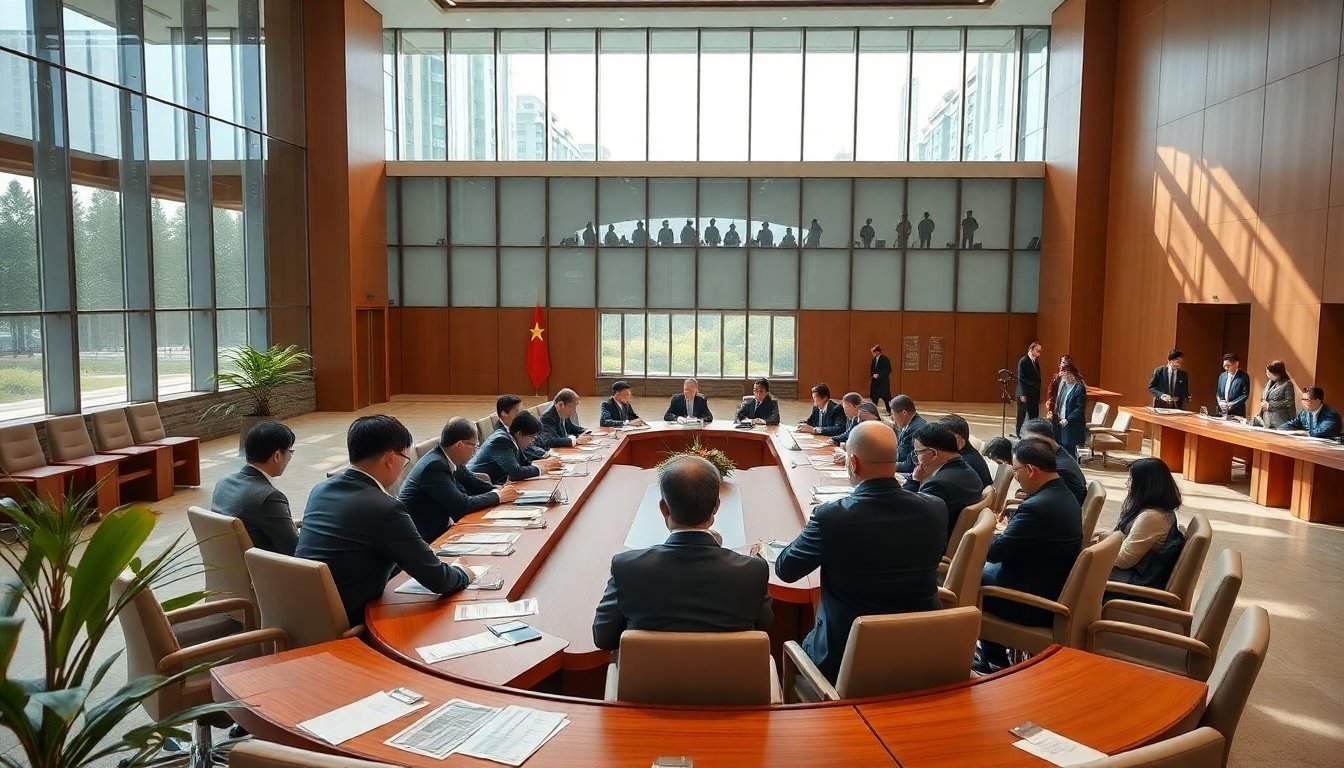Table of Contents
The recent commentary in the People’s Daily underscores the efforts of the Chinese People’s Political Consultative Conference (CPPCC) to strengthen its ideological foundations. In response to various Western political systems, the CPPCC has revisited statements made by President Xi Jinping, emphasizing the importance of unity within the diverse fabric of Chinese society.
This article explores the CPPCC’s role as a pivotal institution in implementing a united front strategy, which aims to unite different groups and parties toward common objectives. By examining the principles of ideological cohesion and respect for diversity, we gain insight into the CPPCC’s approach to governance and social harmony.
The significance of the united front strategy
At the core of the CPPCC’s mission is the united front strategy, a political framework that promotes collaboration among various societal factions. This strategy focuses not only on bringing together disparate groups but also on aligning them with national goals. The CPPCC contends that fostering a shared vision is essential for maintaining stability and progress in China.
Balancing unity with diversity
A key insight from the recent article is the need to balance unity and diversity. The CPPCC argues that while reinforcing a common ideological foundation is crucial, it is equally vital to acknowledge and respect the differences among various groups. This delicate balancing act is essential for nurturing a harmonious society.
The article emphasizes the necessity of continuous efforts to solidify a shared ideological base. By reinforcing existing agreements and promoting new consensus, the CPPCC aims to establish a robust framework for collaboration. This approach ensures that all involved parties can work together while valuing their unique perspectives and identities.
Reinforcing ideological foundations
The CPPCC states that the foundation of unity relies on several critical elements. First, there is a need to enhance the ideological consensus that underlies the political landscape. This involves building upon established agreements and fostering new ones that resonate with the diverse groups within Chinese society.
Continuous dialogue and consensus building
Furthermore, the CPPCC highlights the importance of ongoing dialogue among different factions. Through regular discussions and consultations, the CPPCC aims to create an environment where diverse voices can contribute to the national narrative. This dialogic approach is essential for adapting to the ever-evolving socio-political landscape.
By engaging various stakeholders in meaningful conversations, the CPPCC seeks to cultivate a culture of cooperation. This not only enhances mutual understanding but also strengthens the ideological pillars that support the Chinese political framework.
Critique of Western political systems
In contrast to its promotion of a united front, the CPPCC’s commentary also critically examines Western political models. By referencing Xi Jinping’s previous statements, the article argues that the fragmented nature of Western politics leads to instability and disunity. This perspective reinforces the CPPCC’s belief in the superiority of China’s approach, which prioritizes collective goals over individual interests.
This critique serves a dual purpose: it defends the Chinese model of governance while reaffirming the CPPCC’s commitment to maintaining a cohesive national identity. By contrasting the challenges faced by Western systems with China’s united front strategy, the CPPCC seeks to validate its own political philosophy.
This article explores the CPPCC’s role as a pivotal institution in implementing a united front strategy, which aims to unite different groups and parties toward common objectives. By examining the principles of ideological cohesion and respect for diversity, we gain insight into the CPPCC’s approach to governance and social harmony.0


